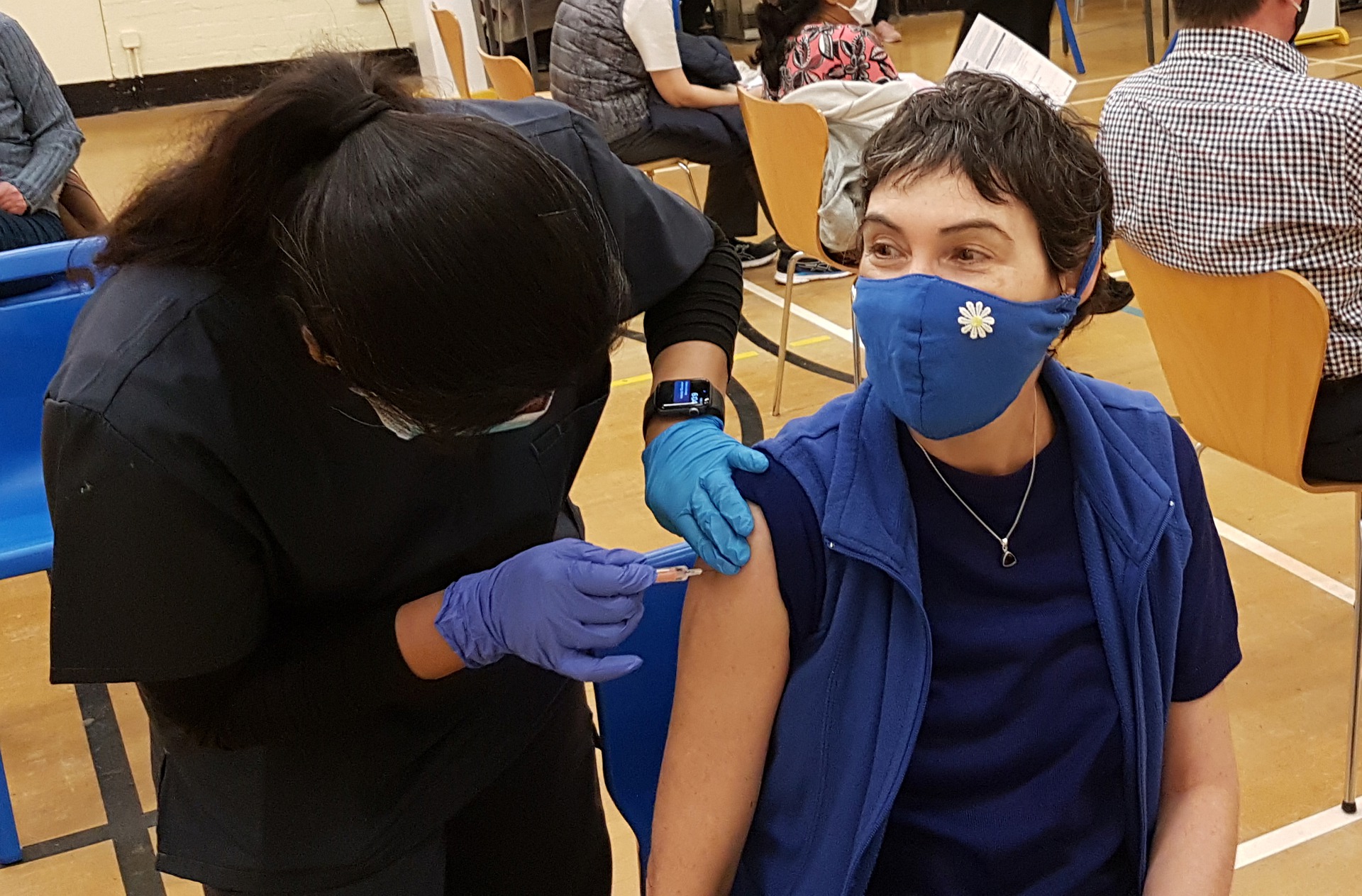News release
From:
1. Immunology: How SARS-CoV-2 mRNA vaccine boosters increase protection against omicron
A third dose of SARS-CoV-2 mRNA vaccines, developed for the original SARS-CoV-2 variant, increases the capacity of the immune system to produce a broader range of virus-neutralizing antibodies, including those capable of neutralizing the omicron variant, relative to just two doses. The findings, reported in a paper in Nature, help to explain how booster doses of mRNA vaccines based on the original circulating strain of SARS-CoV-2 can go on to provide protection against severe disease caused by newly emerging strains.
Michel Nussenzweig and colleagues analysed blood samples from 42 individuals who had received three doses of an mRNA vaccine (8 Moderna, 34 Pfizer-BioNTech), collected after the first, second and third dose. None of the participants in the study had previously been infected with SARS-CoV-2. The authors observed an increase in the range of memory B cells — which can respond rapidly and produce antibodies against SARS-CoV-2 — after the third dose compared with after the second dose. Antibodies produced by these cells showed increased breadth and potency of neutralization of SARS-CoV-2 relative to those produced after a second dose. More than 50% of these antibodies were shown to neutralize the Omicron variant.
The increase in antibody potency after the third dose was because antibodies from newly emerging memory B cells targeted more regions of the receptor binding domain (part of the virus that facilitates entry into the host cells) than those produced after the second dose, the authors note. They add that although a third dose boosts antibody responses against multiple SARS-CoV-2 variants, breakthrough infection is not always preventable.



 International
International



